#water rat
Text

Today's rat is the water rat from BonBon-Land!
70 notes
·
View notes
Text
We return to my series where I discuss the origins of all non-fish aquatic Pokémon. This time we’re going over gen II, which has a lot fewer Pokémon to go over than gen I. You can see the gen I entries here and here. To see my previous series where I covered all fish Pokémon, see here. To see the Gen II fish see here. As with before, I will be covering starters and legendaries/mythicals on their own, so no Totodile line or Suicune this time.
The Azurill line are based on mice and water rats. Water rat is the common name for a number of loosely-related rodents that spend enough time in the water that they are considered semiaquatic mammals.

(Image: a water rat going for a swim)
The line’s ball-shaped tails that can be used for flotation is likely a reference to beach balls and personal flotation devices like life jackets. The beach ball connection is furthered with how round the whole line is. The round and positively buoyant tails could also be a reference to bladder kelp, which has round bladders filled with air that keeps the seaweed standing up. Marill and, to a lesser extent, Azurill’s silhouettes resemble a water molecule, with the round ears looking like the hydrogen atoms attached to the larger ball that is the larger oxygen atom. Azumarill adds rabbit characteristics and may specifically reference the North American swamp rabbit, which lives in wetlands and is a good swimmer.
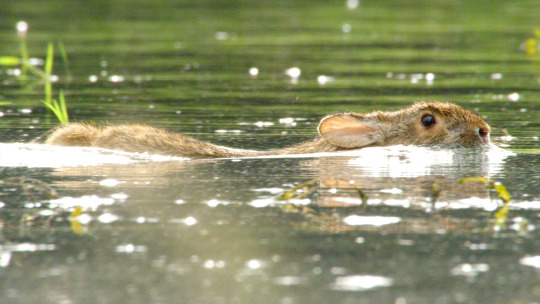
(Image: a swamp rabbit going for a swim)
Marill and Azumarill having white spots on their bellies/undersides may be an example of countershading. This is when an aquatic animal is white below and dark above. This allows the animal to be camouflaged both from above (where its dark side looks like deep water or the substrate) and below (where its white underbelly looks like the surface of the water. The reason why Azurill is normal-type instead of water-type likely ties in with it being underdeveloped compared to the other two stages. It is likely a juvenile that is too young to swim and relies on its parents to bring it food while it hides in a nest. This is backed up in Scarlet and Violet, where Azurill is only found by the water’s edge while the other two can be found swimming.
Wooper and its evolutions are based on salamanders. Both variants of Wooper are based on larval salamanders only partway through their metamorphosis. Like frogs, Salamanders start out as tadpoles with external gills and as they age, will grow legs and lose the gills. Wooper still has not grown its arms and retains its gills.

(Image: an eastern tiger salamander at two different stages of metamorphosis)
Wooper is specifically based on the axolotl, a species of Mexican salamanders known for retaining juvenile traits into adulthood, most notably its fully aquatic lifestyle and external gills. Its shiny color furthers that connection as pet axolotls are often bred for albinism or other forms of pigment loss. Their natural coloration is dark brown like the Paldean variant. Both the Japanese and English names for Wooper come from “ūpārūpā” (“wooper looper” in English), a name for axolotls created as a marketing term to encourage people to buy them as pets. Paldean Wooper losing its habitat and being forced into muddy areas could reference how wild axolotls are critically engendered due to habitat loss.
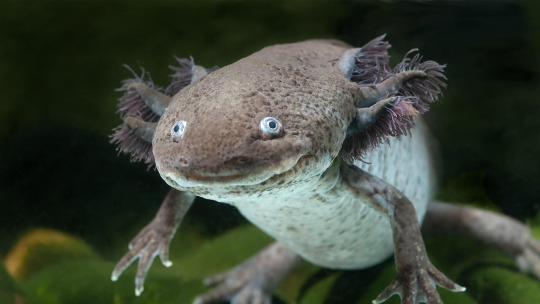
(Image: an axolotl)
Once Wooper evolves, it becomes an adult salamander, specifically a cryptobranchid. These are huge aquatic salamanders that also inspired the Slowpoke line. They are extremely slow and typically move only in response to danger, to get food, or to mate. Quagsire reflects this with it being very slow, easy-going, and dumb. Cryptobranchids lack gills as adults, but are still fully aquatic. They breathe by absorbing oxygen through their wrinkly skin, which could be the inspiration for the frill going down Quagsire’s back.
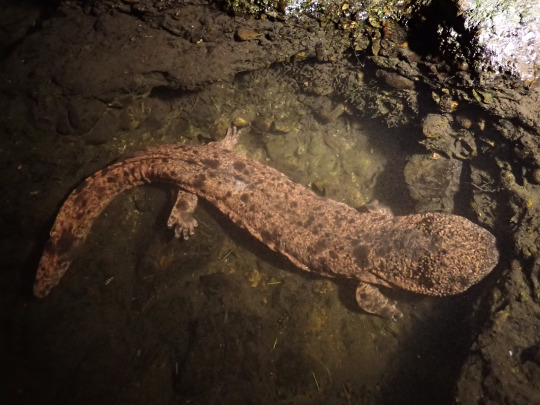
(Image: a Japanese giant salamander)
Clodsire keeps the cryptobranchid inspiration (and is a more accurate representation due to being a quadruped and brown) but also takes inspiration from the Iberian ribbed newt. This species has a defense mechanism where it can force its sharp ribs out of its skin. At the same time, it secrets poison onto the ribs. If anything tries to eat the newt, it can instead get a mouthful of toxic spikes. Clodsire’s poison-typing and the spikes the come out of the spots on its back are references to this.

(Image: a ribbed newt)
Corsola is a Pokémon I wish was better, because a coral Pokémon is a really fun idea. Coral is a relative of jellyfish and anemones that consists of tiny polyps working together in a colony. Hard coral, which is the type Corsola is based off of, form a limestone skeleton which gradually grows over the course of sometimes centuries. This is why Corsola is part rock-type. If a piece of the coral skeleton breaks off, it can regenerate, though Corsola doing so in a single night is a considerable exaggeration. Like the most famous corals, Corsola lives in shallow tropical seas and needs clean water. Most well-known species of coral have a symbiotic relationship with algae that lives inside the polyps. The algae provides an extra source of food via photosynthesis. This seems to be the case for Corsola too, as it can often be seen basking in the sun. The large colonies that Corsola form are analogous to coral reefs. Various Pokedex entries say that people can build houses on top of the colonies. This is likely a reference to how coral reefs can eventually form small islands. Corsola is likely based on the staghorn coral, with grows large branching structures like Corsola.

(image: staghorn coral)
Multiple Pokedex entries say that Corsola can’t live in polluted water. When it does what you get is Galarian Corsola and its evolution, Cursola. This population of Corsola was wiped out by sudden climate change and returned as ghosts. They are based on the phenomenon of coral bleaching. When the water gets too warm, coral polyps will expel the symbiotic algae and turn white. Bleached coral can still survive, but is at much higher risk of death. A dead coral colony leaves behind a white limestone skeleton. Coral bleaching is occurring worldwide as a result of climate change. There is also a reference to ocean acidification. As the ocean becomes more acidic, the calcium carbonate that many animals, some corals included, use to make their shells is becoming more rare. This results is animals having weaker shells. Similarly, Johtonian Corsola’s branches are solid and sturdy while the Galarian line’s are wispy and insubstantial.

(image: bleached coral)
I discussed Remoraid in my fish post and now I get to talk about its evolution: Octillery. To answer the common question, a fish evolves into an octopus because they’re both based on firearms, animals that have suckers, and animals that use jets of water. Octillery is based on an artillery cannon, with its mouth (based on the siphon of a real octopus) being the cannon and its two front tentacles being the legs or wheels of the cannon.
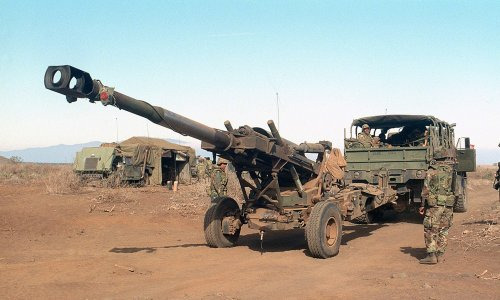
(image: an artillery cannon)
Its Japanese name is Okutank and its beta design definitely had some major tank influences.

(image: the beta design for Octillery)
Octillery learns a lot of shooting or beam moves and real octopi are also good at shooting. They take in water and shoot it out the siphon to move and disturb sediment, and can release a cloud of ink as a defense. One trait Octillery does not share with octopi is its rock-hard head. Real octopi are soft-bodied animals whose only hard body part is their beak. Its hard head is based on a soldier’s helmet (more apparent in its beta art), but also may be based on the internal shells that some other species of cephalopod (most notable the cuttlefish) have and that octopus ancestors used to have.
That finishes up Johto. Next time I’ll move on to generation III. I may end up splitting Hoenn into two posts like I did with Kanto as there are a lot of aquatic animals there as well.
#pokemon#pokemon biology#biology#marine biology#aquatic biology#animal facts#zoology#azurill#marill#azumarill#wooper#quagsire#clodsire#corsola#cursola#octillery#water rat#swamp rabbit#salamander#axolotl#coral#octopus
50 notes
·
View notes
Text
denizen of the depths
Chance encounters with rakali are always a treat, but rarely do I see them out of the water this close!
#south australia#adelaide#australian wildlife#wildlife#mammals#rodent#rodents#rakali#water rat#mammalwatching#my stuff
6 notes
·
View notes
Text
On the front of the raft there was a water rat with a pole to steer it.
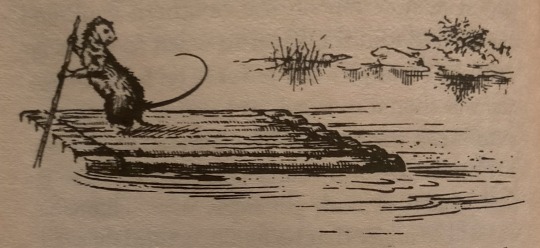
"The Chronicles of Narnia: The Last Battle" - C. S. Lewis
#book quotes#the chronicles of narnia#the last battle#c s lewis#pauline baynes#raft#river#water rat#steering
6 notes
·
View notes
Text
Rodent of the day: Rakali
Rakali are found in and around Australia, where they live at bodies of water (in dens similar to platypuses, in fact sometimes the two species will use the same den at different times, one moving in once the other moves out) and hunt creatures in and around them. Their hind feet are webbed to make swimming easier, and their fur dries quickly and repels water.
Unlike many rodents Rakali are primarily carnivorous, usually only eating plants when there isn’t much prey available, such as during the winter. They’re one of the few predators in Australia able to easily hunt the cane toad, which honestly just makes them even cooler. After killing prey they will often bring it back to a specific location to eat (this isn’t important information but it is adorable so you all should know)
They take up a role similar to river otters (albeit much weaker since they aren’t forced to contend with big cats and crocodilians, usually the worst predators in their area will be house cats, foxes, birds of prey, etc.), and, of course, to the platypus. However, unlike river otters they tend to hunt alone and are territorial, not even banding together to raise their young.
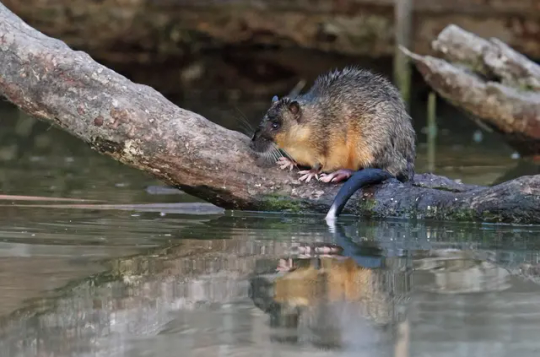
3 notes
·
View notes
Text
Kenneth Grahame based the character of the Water Rat in The Wind in the Willows on his friend Arthur Quiller-Couch.
It's kind of funny while reading Quiller-Couch's retellings of Beauty and the Beast and other French fairy tales to think that they were written by Ratty.
3 notes
·
View notes
Text
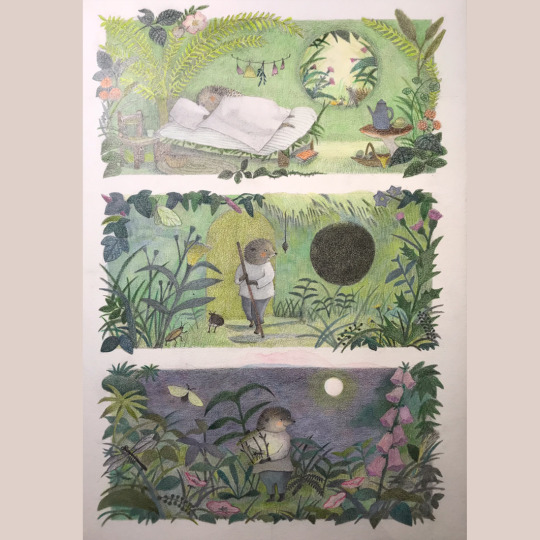





今夜は満月。6月の満月はストロベリー・ムーンと呼ばれるそうです。
イラストレーション(鉛筆、色鉛筆、水彩絵の具)は、アリソン・アトリー著「むぎばたけ」より。
1.ハリネズミが一ぴき、生け垣ぞいに、野道をぶらぶらやってきました。楽しそうに、鼻歌を口ずさみながら。
2.夜ともなれば、ぱっちりと目を覚まし、月夜の冒険にくりだすのです。小さなけものたちって、たいていそうですけどね。
3.「やあ、ジャック。最近どうよ?」ハリネズミは、人なつっこく呼びかけました。「まぁまぁだね。」ノウサギは、こたえました。
4.「やあ、こんちは。最近どうよ?」ハリネズミは、人なつっこく呼びかけました。「どうってことないね。」カワネズミは、こたえました。
5.三匹は座り込み、さやさやとたえまない麦の穂の合唱に、息をのんでききいりました。
6.キャラクター構成のための鉛筆スケッチ。
Tonight is full moon. The full moon in June is called the Strawberry Moon.
My illustration(Pencil, Colored pencil, Water color) from Text by Alison Uttley “The Cornfield”.(From selection of tales “Magic In My Pocket”, “The Weather Cock” copyright © Penguin Books Ltd, 1957. ※”The Weather Cock, and Other Stories” First published in England 1945.)
1.A Hedgehog jogged along the country lane between the hedged, singing to himself his own little song of happiness.
2. Now night had come, and, in common with many small animals, hedgehog was wide awake, and off for a moonlight adventure.
3.‘ Hello Jack’, said Hedgehog in his friendly way, ‘How’s the world treating you?’ ‘Pretty middling.’, replied the Hare.
4. ‘How d’ye do?’ said Hedgehog. ‘How’s life treating you?’
‘Not so bad,’ replied the Water-rat.
5.The three animals sat breathless, listening to the little sounds and murmurs of the corn’s voice.
6.Pencil sketch for character design.
#maya miyama#illustration#alisonuttley#the cornfield#hedgehog#hare#water rat#moonlight adventure#wheat#kidlit#kidlit illustration#children’s book illustration#むぎばたけ#ハリネズミ#ノウサギ#カワネズミ#満月#月夜の冒険譚#ストロベリームーン
6 notes
·
View notes
Text

Kung Hei Fat Choi! May the blessings of the Year of the Wood Dragon fill your home with opportunities for personal growth, professional success, and social impact. Sending you empathy and compassion this year (from a Water Rat).
Art by artist Iguana Mouth
#lunar new year#wood dragon#water rat#compassion#empathy#chinese new year#reading#books#ebooks#romance books
1 note
·
View note
Text

I'm literally obsessed with this animal.
0 notes
Text
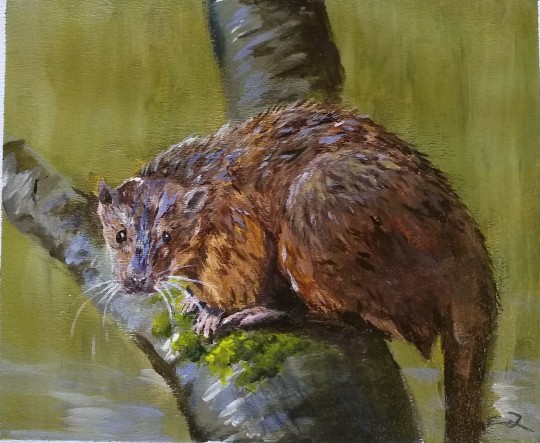
0 notes
Text

There’s that water-rat!!
#marvel mystery comics#the human torch#jim hammond#namor#namor the sub mariner#namor mckenzie#prince namor#water rat#fire bug#first meeting#new york city#bridge#uh oh#carl burgos#timely comics#marvel comics#comics#40s comics#golden age comics
16 notes
·
View notes
Text
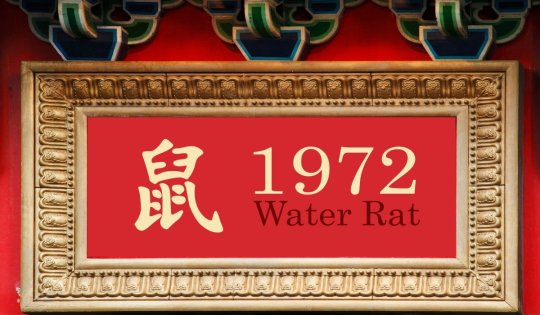

http://www.thehoroscope.com http://www.sideplayer.com
~Sylyna Rayne (Devora Eva Blake) 李韋天使 (A N G E L) 诺
12/11/72 @ 3:22 pm in Istanbul, Turkey
0 notes
Photo
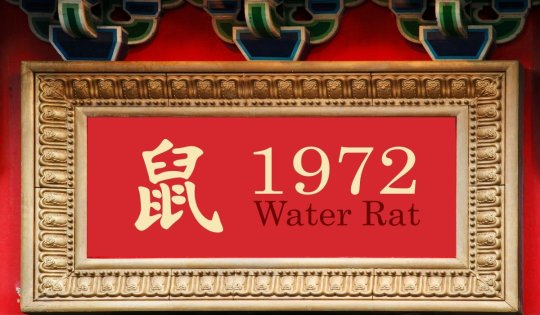

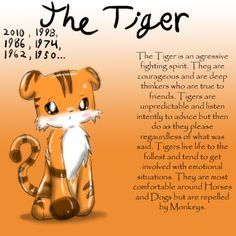
Credit: http://www.thehoroscope.com http://www.alignedsigns.com http://www.pinterest.com
~Emmaruth Concepción
7/7/72 @ 3:14 am in NYC, NY, USA
1 note
·
View note
Text




frolicking
#horizon forbidden west#hfw#rat#hfw wildlife#again i just can't with this detail#the little guy is so cute!#furry!#look at how the water interacts with the body!#ok the rat wasn't actually frolicking it was running away from me#but it looks cute!#hfw rat#hfw little details#rodent
1K notes
·
View notes
